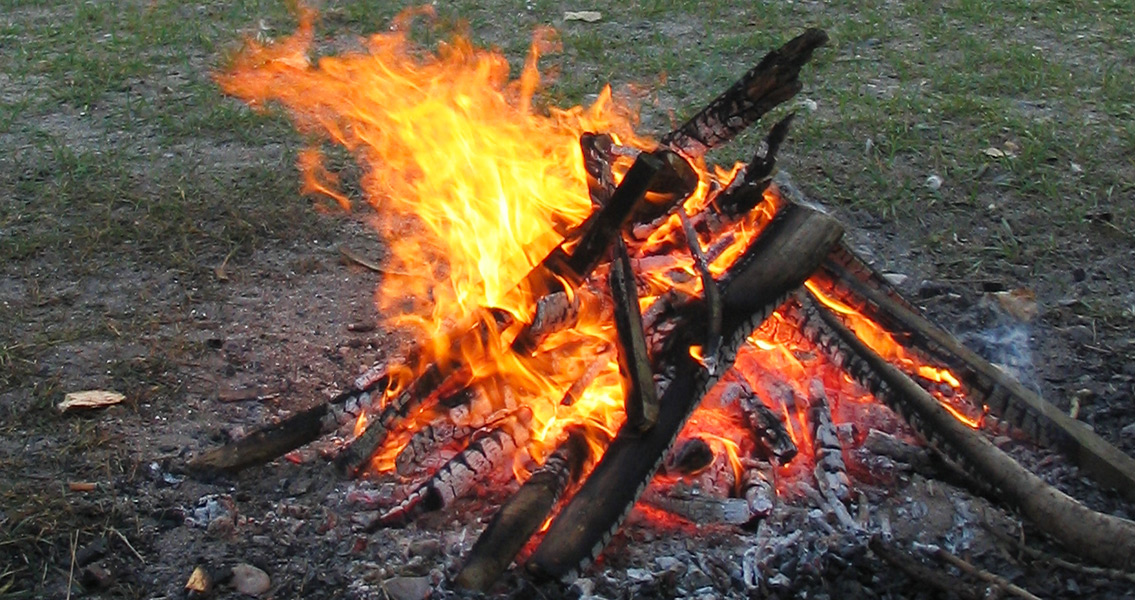<![CDATA[The debate over why our most recent ancestors the Neanderthals withered away and we, modern humans, remained the only surviving Homo species has just got more complex, with two scientists suggesting fire use contributed to our rise and the Neanderthals’ fall. Anna Goldfield, an archaeologist from Boston University, and Ross Booton, a mathematical biologist from Sheffield University, looked into this particular aspect of Neanderthals’ lives and discovered that even though fire was not completely unfamiliar to them, they definitely did not use it as consistently as modern humans. Although signs of fire use have been found at Neanderthal sites across Europe, they are scarce, suggesting fire was more of an occasional blessing than a fact of life. How did this impact the survival chances of the Neanderthals? By depriving them of a more wholesome calorie intake and safer food. Cooking is one of the best ways to rid food of harmful bacteria, parasites, and viruses, making it considerably safer to eat than when raw. Another major advantage of cooking is that it increases the amount of “processable” protein, and protein is indispensable for survival. So, according to Goldfield and Booton, who used mathematical models to try and detect a link between frequency of fire use and survival rates among both Neanderthals and modern humans, the former lived for hundreds of thousands of years in Europe without resorting to the use of fire on a regular basis. Modern humans, however, had mastered the element and made good use of it for warmth and cooking. The models revealed that this had a significant impact on survival chances. A mathematical model stipulating that modern humans used fire consistently while Neanderthals did not, yielded a gradual rise in the modern human population and a decline in Neanderthal numbers. A model which stipulated that the two species used fire with a similar frequency yielded no significant difference in their survival chances. Since we already know for a fact that the Neanderthals went extinct relatively soon after modern humans came on the European scene, the first model seems to be a more accurate reflection of reality. Further support for the “fire mastery hypothesis” comes in the different nutritional needs of Neanderthals and modern humans. Neanderthals were bulkier than us and needed a higher calorie intake to survive. Modern humans could survive with less. So, by mastering fire and cooking, the human populations expanded and, according to the mathematical models, consumed a larger share of the reindeer population (a crucial source of calories for both humans and Neanderthals, 40,000 years ago). Neanderthals were therefore left with scarcer access to a food source that they needed in larger quantities than humans. This latest research is further support of a more general theory that it was shrinking resources that spelled doom for the Neanderthals. This shrinking was not just due to the appearance of modern humans, however. Earlier studies have suggested that climatic factors reduced the amount of available sustenance. These, coupled with the mastery of fire characteristic of modern humans, may well have contributed to the demise of the Neanderthals, by restricting their access to the resources they needed to survive. Image courtesy of Wikimedia Commons user: Dirk Beyer]]>
Fire Mastery May Have Given Modern Humans the Upper Hand
